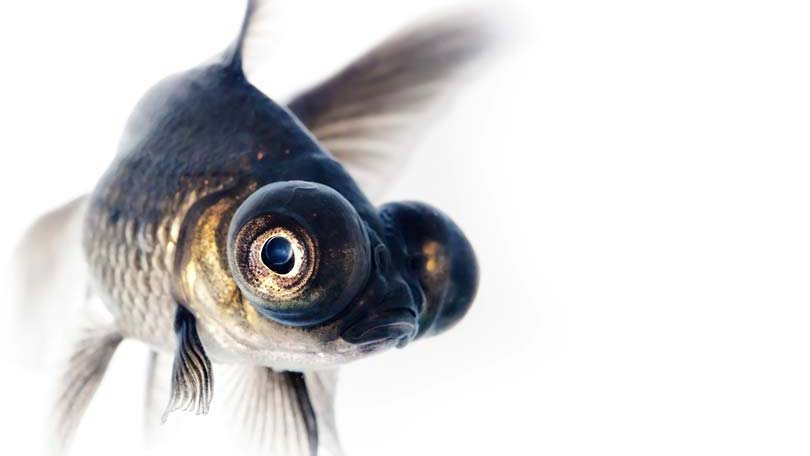Unfortunately, many people fail to properly understand the importance of the nitrogen cycle and as a result they tend to lose a lot of fish during the first week or two after they set up their tank. Taking the time to understand the importance of letting your new tank cycle and how to do it can save you countless hours of frustration and keep your fish safe.
What is the nitrogen cycle?
The nitrogen cycle in an aquarium is basically a natural chain reaction that results from various types of nitrifying bacteria. Each type of bacteria has a specific job to perform. The cycle forms when each new bacteria that is born consumes the previous bacteria and then in turn gives birth to the next bacteria in the chain.
There are three components involved in the process. They are ammonia, nitrite and nitrate. The entire process generally takes about 30 days; although there is no exact time frame for the process to be completed as each aquarium is somewhat different. Factors that can affect the time for your aquarium to cycle include how many fish, other livestock and the organic matter that is present in the tank.
When you are cycling your aquarium it is extremely important to test your aquarium water. This will tell you what phase the tank is in at any give time throughout the process.
Phase 1-The Ammonia Phase
The first component that is needed for the chain is ammonia. Ammonia readings should be present only during the cycling process. Once the ammonia has begun to accumulate in the tank, the process will begin. Ammonia can come from fish and other livestock waste as well as excess food and decaying organic matter from plants and animals. The process of putting live animals into the tank for the specific purpose of cycling can be somewhat tricky. On one hand, the fish will be exposed to the levels of ammonia and nitrate; which can be highly toxic. On the other hand; however, you need the ammonia in order for the cycling process to begin. If you do plan to use fish to cycle your tank, you will need to purchase fish that are extremely durable and hardy to do well during the cycling process. They should also be somewhat inexpensive. Some of the best fish to choose include Damsels or Chromis’. While these fish tend to be somewhat plain looking and some of them can even be aggressive, the good news is that they will work well for the cycling process and then when you are done with them you can either give them to someone else who may be starting a new tank or you can trade them in at your local pet store for fish that are more elegant.
There are other options to begin the cycling process in your tank without using fish. These options include:
Using hermit crabs. These are very hardy animals which are also inexpensive.
Use live sand and/or live rock. Both of these components contain living parts of the reef that will produce the waste needed.
Regardless of which system you use to cycle your aquarium, the process remains the same. Ammonia will occur in two states which depend on the pH of the water. The unionized state, NH³, is more toxic than the ionized state due to it being easier to invade the body tissue of marine animals. When the pH begins to rise the less toxic ionized state will decrease while the more toxic ionized state will rise.
Phase 2
When you are about ten days into the cycle the nitrifying bacteria will convert the ammonia into nitriate and nitrosomonas will begin to appear and built. These can be toxic and harmful to fish at lower levels. Without the nitrite present; however, the cycling process cannot be completed. Nitrite should continue to rise until about day 25; at which time it should begin to fall.
Phase 3
Once the ammonia has given birth to the nitrite, the next step in the cycle will be for the nitrite to give birth to the final bacteria with are nitrobacters. It takes some time for the nitrobacter to absorb the nitrite. During this stage, the toxic is less dangerous than the prior two stages; however, it is important to complete some standard water changes.
By taking the time to understand the importance of the nitrogen cycle, you can keep your water free from the toxic compounds that can result in the loss of your fish too soon.






